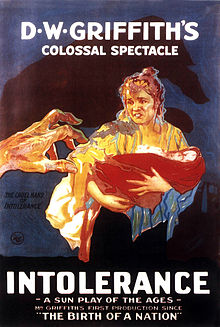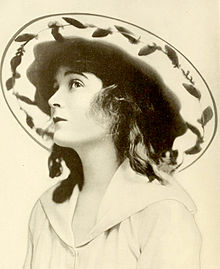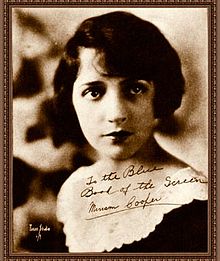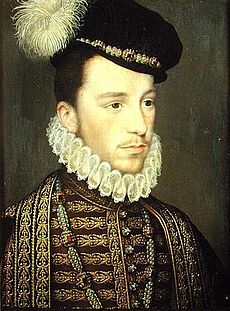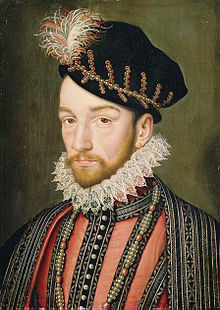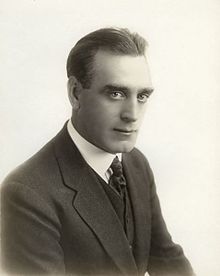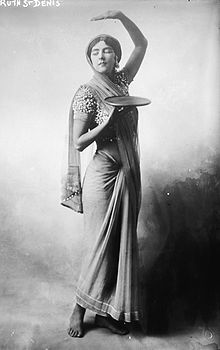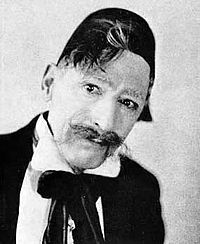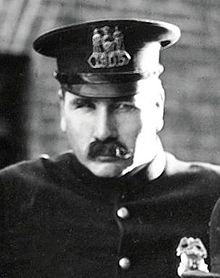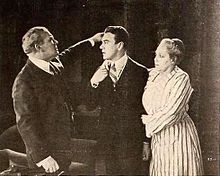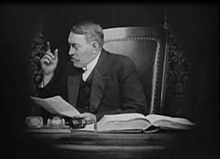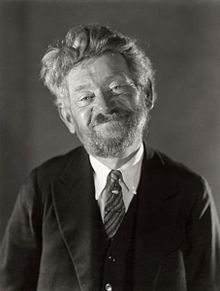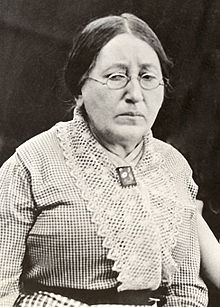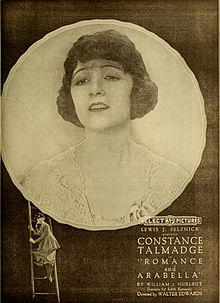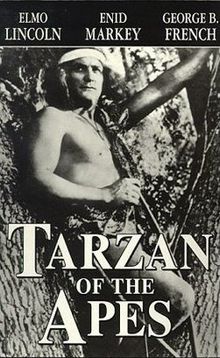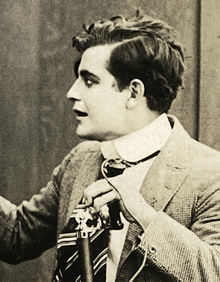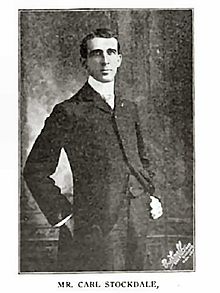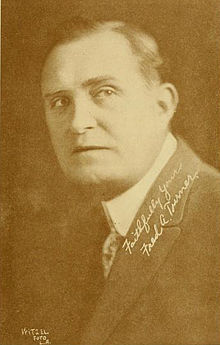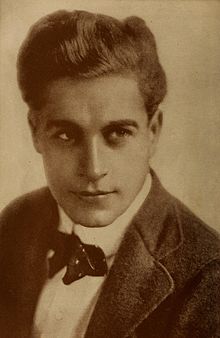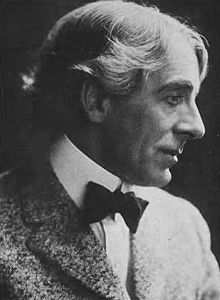Intolerance (film)
Intolerance is a 1916 epic silent film directed by D. W. Griffith and considered one of the great masterpieces of the Silent Era and in motion picture history, it has been called the first art film and would strongly influence European film movements despite its lack of commercial success domestically. The threeandahalf hour epic intercuts four parallel storylines, each separated by several centuriesa contemporary melodrama of crime and redemption,a Judean story Christs mission and death,a French story the events surrounding the St. Bartholomews Day massacre of 1572, anda Babylonian story the fall of the Babylonian Empire to Persia in 539 BC. Each story had its own distinctive color tint in the original print. The scenes are linked by shots of a figure representing Eternal Motherhood, rocking a cradle.
This complex film consists of four distinct, but parallel, storiesintercut with increasing frequency as the film builds to a climaxthat demonstrate mankinds persistent intolerance throughout the ages. The film sets up moral and psychological connections among the different stories. The timeline covers approximately 2,500 years.Breaks between the differing time periods are marked by the symbolic image of a mother rocking a cradle, representing the passing of generations. The film simultaneously crosscuts back and forth and interweaves the segments over great gaps of space and time, with over 50 transitions between the segments. One of the unusual characteristics of the film is that many of the characters do not have names. Griffith wished them to be emblematic of human types. Thus, the central female character in the modern story is called The Dear One. Her young husband is called The Boy, and the leader of the local Mafia is called The Musketeer of the Slums. Critics and film theorists maintain that these names reveal Griffiths sentimentalism, which was already hinted at in The Birth of a Nation, with names such as The Little Colonel. ........
Source: Wikipedia

